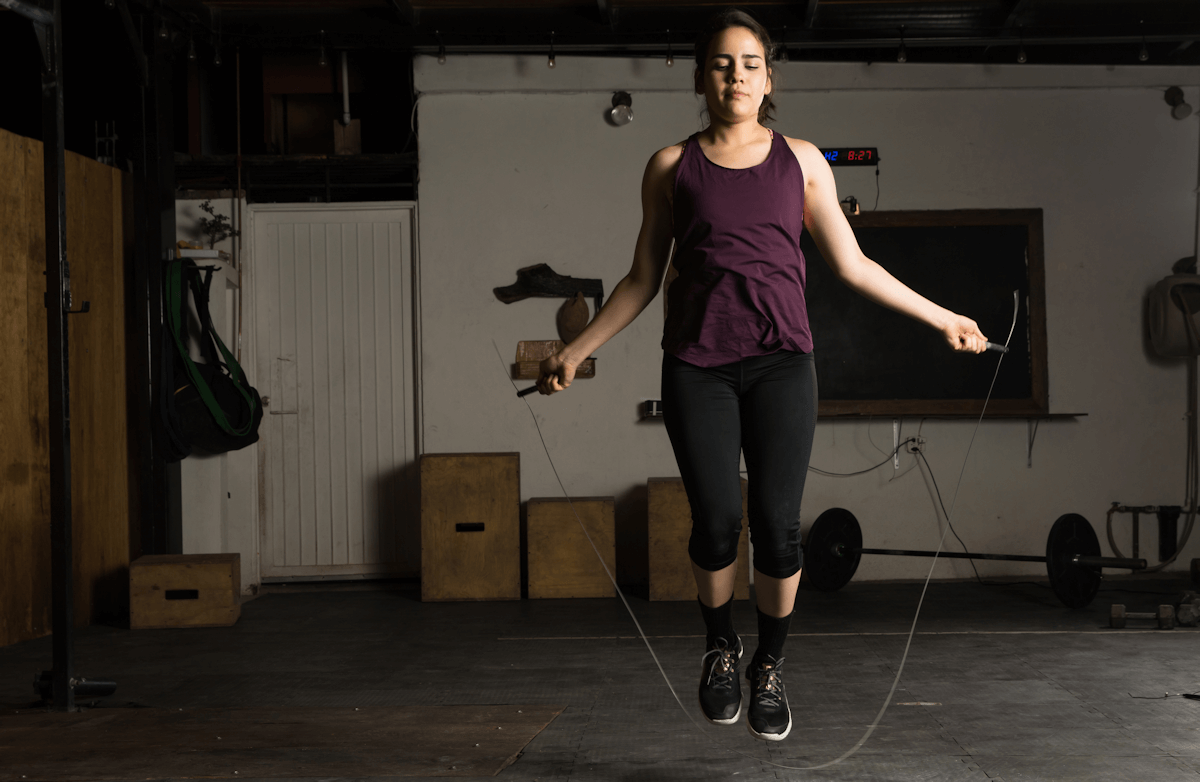|
A crêpe might look like a skinny pancake, but it's so much more versatile than the good old American flapjack! Yes, they are both made from a thin batter and cooked on a flat surface, but what happens to a crêpe after it comes off the griddle sets it worlds apart from the pancake. Unlike the pancake, the crêpe is generally used as a wrapper for other foods rather than the main attraction. Crêpes can be sweet or savory, and they're eaten as hors d'oeuvres, entrees and dessert. It really is a world-class dish, and as such, it answers to many names: In Italy, crêpes are crespelle. They're often filled with cheese and baked like manicotti. In China, they're known as "bing," and filled with everything from green onions to fruit. And in Russia, crêpes become blinis, stuffed with all sorts of sweet and savory ingredients. Today we're focusing on the French version, the one we might know best stuffed with banana and Nutella and eaten out of hand on a Parisian street corner (in our daydreams!). They named their pancake "crêpes" because their thin, lacy edges resemble the fabric of the same name. Traditional crêpes are made using lots of eggs and melted butter, then extra melted butter coats the crêpe pan for cooking. Ooh, la, la, that's heavy! I found a way to put my crêpes on a slim-down and fiber up plan. For the wet ingredients, instead of using whole eggs and additional egg yolks, I used egg substitute and instead of cream or whole milk, I swapped in non-fat milk. When it came to the dry ingredients, I increased the fiber by using buckwheat flour along with all-purpose flour. By using buckwheat flour, I was able to incorporate the flavor of the traditional crêpes made in the Brittany region of France. There, crêpes are called galettes, and they're often served with cider. Nonstick cooking spray worked great to prepare the pan for the batter--who needs butter? Not in this recipe! And by the way, you really don't need to purchase a fancy crêpe pan. I use my omelet pan, which is just a 6-inch non-stick pan, for making my crêpes. If you don't have an omelet pan, you can use any flat non-stick pan. I found a copper crêpe pan online that sells for $290! For that much money it should produce the best crêpe in the world--I doubt it. Save your money and put your omelet pan on overtime like I did. To rest or not to rest, that is the question. When it comes to crepe batter, cooks always ask whether it need to rest. Give your batter a break and let it rest for 30 minutes up to overnight. (Note: If you're resting the batter for longer than an hour, cover it and put it in the fridge.) Resting the batter is one thing that separates crepes from pancakes, in addition to the thinner batter. Resting allows the protein in the flour (the gluten) to absorb the liquid in the batter and for air bubbles incorporated during mixing to dissipate, which will ensure a thin, lacy crepe. (Note: Buckwheat flour is gluten-free, but even traditional recipes use a mixture of it and all-purpose flour. You could substitute whole-wheat or white whole-wheat flour for the all-purpose flour, but the texture will be heavier.) Guidelines to perfect crêpes
Ready to give crepes a try? Check out my recipe for buckwheat crêpes. For a quick dessert, heat the segments of half an orange in a small saucepan with the juice from the other half of the orange. Bring to a simmer, then pour the oranges and juice onto a cooked crepe. Fold into quarters and sprinkle with powdered sugar before serving. Want to make a super fancy but easy savory dish? Try my crab and asparagus crêpe recipe. Want more healthy recipes from me and fellow SparkPeople members? Be sure to subscribe to SparkPeople's Recipe of the Day email. Click here to sign up! Did you know SparkRecipes is now on Facebook? Click here to "Like" us! Like this recipe? Then you'll love "The SparkPeople Cookbook: Love Your Food, Lose the Weight." |
More From SparkPeople
|








.jpg)












